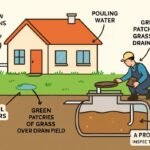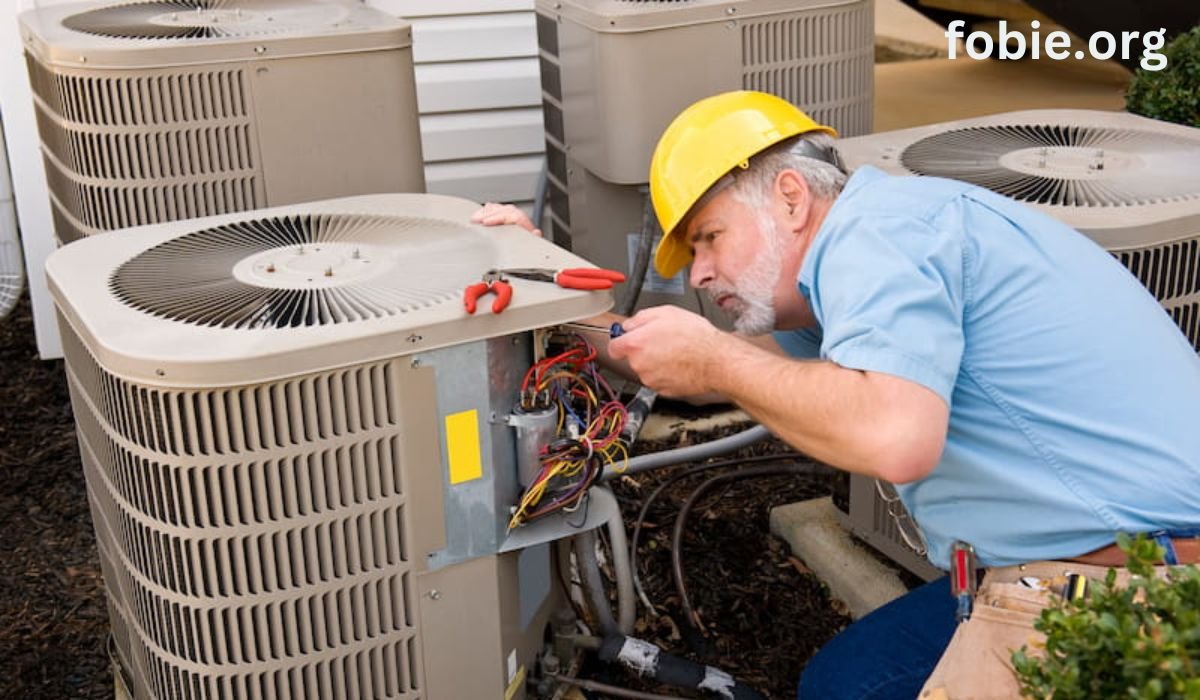The aviation industry prioritizes safety from design to maintenance, with even minor hardware components impacting overall safety. Standardization of aircraft maintenance and assembly practices reduces human error, ensures regulatory compliance, and fosters crew readiness. This standardization not only creates reliability but also establishes operational excellence and trust.
Standardization in aircraft maintenance ensures reliability, simplifies training, and aligns with best practices and safety frameworks. It simplifies training for technical personnel and enables faster execution of complex tasks. Therefore, reliable access to high-quality aircraft hardware kits through trusted suppliers is essential. Such industry-wide adoption of uniform hardware further mitigates risk, providing a blueprint for robust, scalable, and compliant maintenance processes that support aviation safety from the ground up.
The Importance of Standardization in Aircraft Maintenance
Standardization in aircraft maintenance involves using uniform hardware kits, tools, and procedures across various aircraft models. This reduces errors and accelerates turnaround times, improving operational efficiency and safety. Standardized hardware systems also ensure traceability and documentation, facilitating routine inspections and surprise audits. This streamlines the record-keeping process, ensuring regulatory compliance and fostering transparency and accountability in maintenance operations.
Regulatory Framework Governing Standardization
Aviation safety relies on strict regulations from central authorities like the FAA and EASA. These organizations regulate aircraft hardware, from fastener sourcing to installation. Compliance is non-negotiable, requiring comprehensive documentation and traceability. Only parts that pass rigorous testing and meet approved standards are allowed, ensuring safety for passengers and operators. This reinforces the link between standardization and aviation safety.
Benefits of Standardized Hardware Kits
Standardized parts and kits enhance maintenance operations’ safety, efficiency, and cost savings. They eliminate ambiguity for technicians, minimizing component failure risks. Standardized kits speed up maintenance cycles, reduce aircraft on ground delays, and maintain critical assets. Standardization also reduces the number of unique parts needed, streamlines inventory management, and lowers procurement costs. Standardized training leads to faster proficiency, lower training costs, and a stronger safety culture. FAA studies show significant reductions in error rates through standardization.
Challenges in Implementing Standardization
Harmonizing hardware standards across aircraft designs requires coordination among manufacturers, regulatory agencies, and engineering teams. Due to their unique properties, material compatibility across composites, alloys, and specialized materials is a challenge. Regulatory compliance requires documentation, component testing, and coordination with certification bodies. Despite these challenges, long-term benefits like improved safety, efficiency, and cost-effectiveness make them worthwhile investments for the future of aviation.
Future Trends in Hardware Standardization
The aviation sector is utilizing digital solutions and collaborative frameworks to enhance standardization practices. Digital twin technology creates real-time virtual replicas of aircraft systems, enabling predictive maintenance and accurate diagnostics. This integration of IoT sensors in standardized components allows for predictive analytics. As aviation continues to innovate, the need for comprehensive hardware standardization is paramount for operational safety, reliability, and efficiency. Trusted suppliers, technological innovations, and a shared commitment to standardization are essential.











